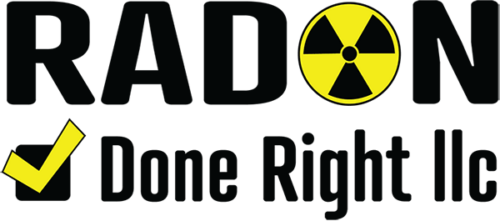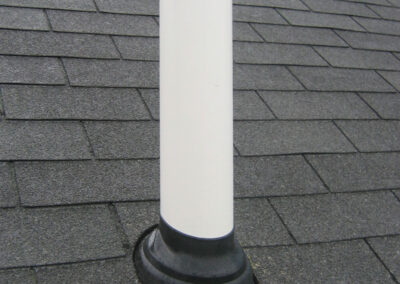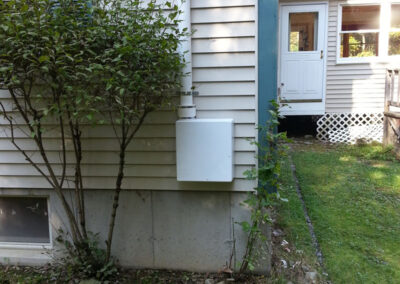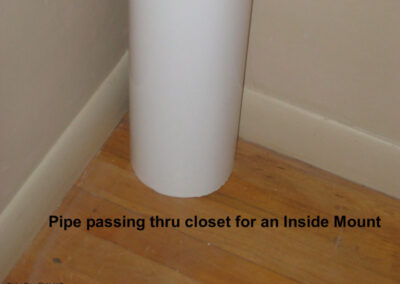Radon in Air Techniques
There are different strategies to reducing radon in your home or office. It’s the unique characteristics of the building that dictate which installation option should be used. Below is a quick explanation of each of the systems we install. More installation photos can be seen in the gallery section of the website. You may also be interested to see “The Wall of Shame! These are photos of installations done by so called pros, home owners, and builders.
Types of Radon Air Mitigation Tehniques
Sub-Slab Depressurization
Sub-Membrane Depressurization
HRV (Heat Recovery Ventilator)
Sub-Slab Depressurization
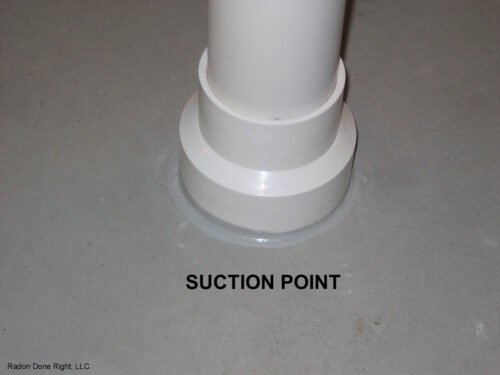 Sub-slab depressurization systems are the most common and offer great results even with very high radon levels. The highest radon concentration I have ever encountered was a reading of 331 pCi/L. After the installation was complete, the post mitigation test indicated the levels were less that 0.4 pCi/L. While not all homes can come down to the outdoor average, most can certainly be reduced to below 2 pCi/L and often times much less.
Sub-slab depressurization systems are the most common and offer great results even with very high radon levels. The highest radon concentration I have ever encountered was a reading of 331 pCi/L. After the installation was complete, the post mitigation test indicated the levels were less that 0.4 pCi/L. While not all homes can come down to the outdoor average, most can certainly be reduced to below 2 pCi/L and often times much less.
The biggest variable that determines how low the radon concentration can be reduced is the type of aggregate under the home. The ability to move air under the home is very important when reducing radon in the home. This is where knowledge and experience make a difference and why it’s important to choose the right mitigation company.
In short, a sub-slab depressurization system consists of a PVC pipe sealed to a hole cut into the slab.
The PVC pipe is run either outside of the home or retro fitted inside of the home so the fan can be installed into the ventilated attic space or garage attic.
The PVC pipe must terminate a minimum of 12 inches above the eves of the roof and a minimum of 10 feet away or 2 feet above from any windows or openings. An inline fan is installed and creates the vacuum under the slab. The fan draws the radon soil gas out from under the slab before it can enter into the home.
Sub-Membrane Depressurization
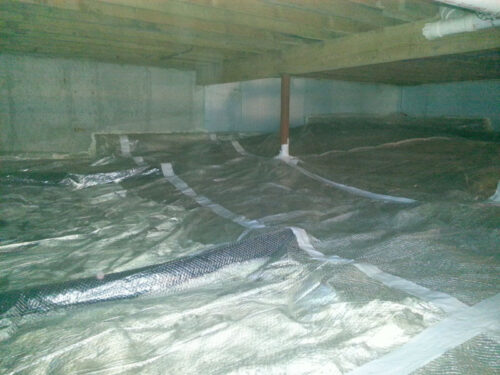 Sub-membrane depressurization is the system of choice when there is no concrete slab. This is common in crawl spaces or sometimes older homes with or without exposed ledge.
Sub-membrane depressurization is the system of choice when there is no concrete slab. This is common in crawl spaces or sometimes older homes with or without exposed ledge.
In some situations, a combination sub-slab and sub-membrane depressurization system may be installed to address an addition that has been added on to a home. If the addition was built over a dirt crawl space and the original home was built over a full foundation with a slab, this type of system will offer the best results. The key to installing a sub-membrane depressurization system is laying a poly membrane over the exposed earth or stone. The membrane is then sealed to the exterior walls using a variety of techniques. A vacuum is then drawn from under the poly membrane much like the sub-slab depressurization. The inline fan draws the radon soil gas to the ventilation piping before it has a chance to makeit’s way into the basement space.
HRV’s (Heat recovery ventilators)
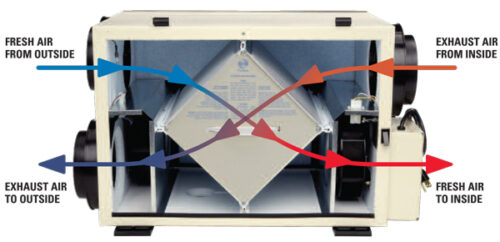 HRV’s (Heat recovery ventilators) can also be used to treat radon problems when installed to increase the air rate change in the basement.“The solution to pollution is dilution.” At least this is the idea when installing such a system. These systems are only installed in certain circumstances, usually when the installation of a sub-slab or a sub-membrane depressurization system is not practical. The concept is to bring in outside air into the basement thus diluting the radon concentration. The HRV takes air from the outside and brings it into the basement. Before it is released into the basement, the core of the unit takes inside air and reconditions the air.
HRV’s (Heat recovery ventilators) can also be used to treat radon problems when installed to increase the air rate change in the basement.“The solution to pollution is dilution.” At least this is the idea when installing such a system. These systems are only installed in certain circumstances, usually when the installation of a sub-slab or a sub-membrane depressurization system is not practical. The concept is to bring in outside air into the basement thus diluting the radon concentration. The HRV takes air from the outside and brings it into the basement. Before it is released into the basement, the core of the unit takes inside air and reconditions the air.
This means during the summer months, the warm air taken from outside is cooled off with the air leaving the basement. During winter months, the basement air is warming the air taken from outside. It is very important to make sure the amount of air coming in the basement space versus the amount of air going out of the basement space are equal. This installation option is not for all homes due to the extra costs associated with installation and added energy consumption. It may be the only reasonable option for certain homes and does have it’s limitations. Usually HRV’s have a reduction rate of 50% to 75% of radon soil gas. That means the pre-mitigation radon levels are a significant determining factor.
